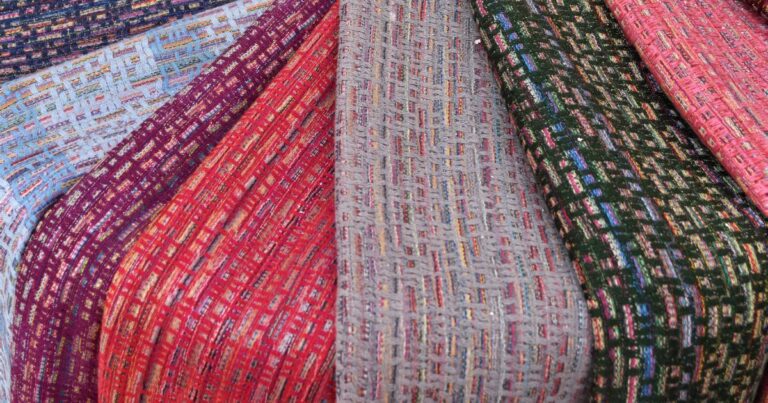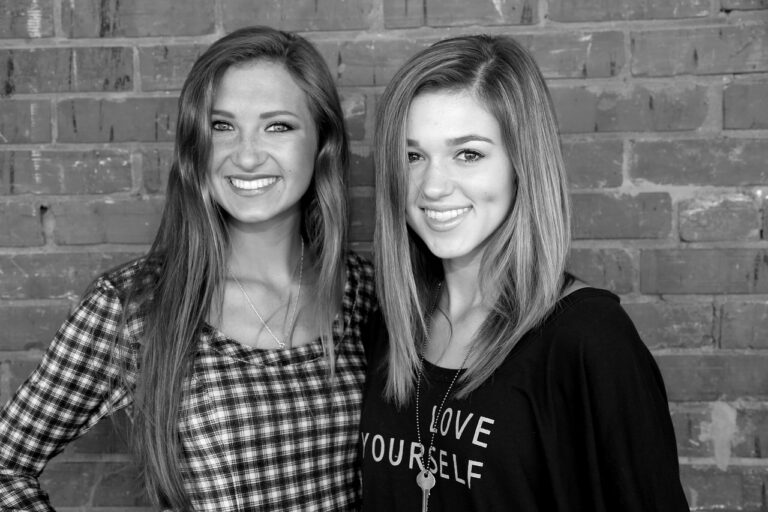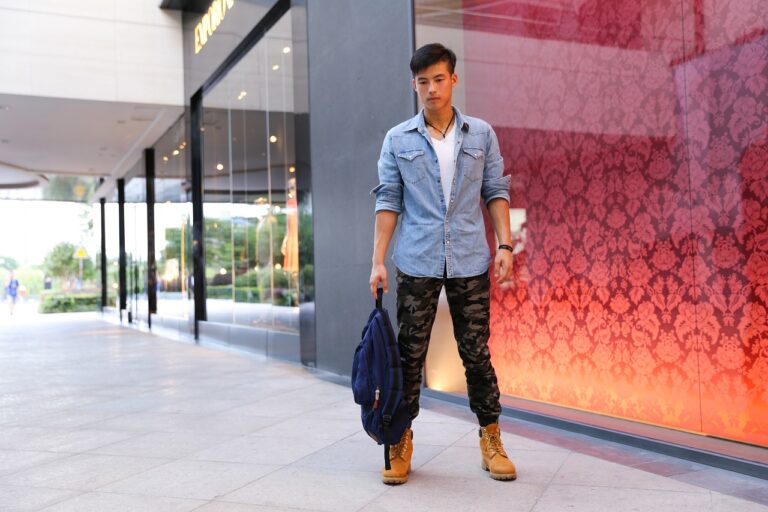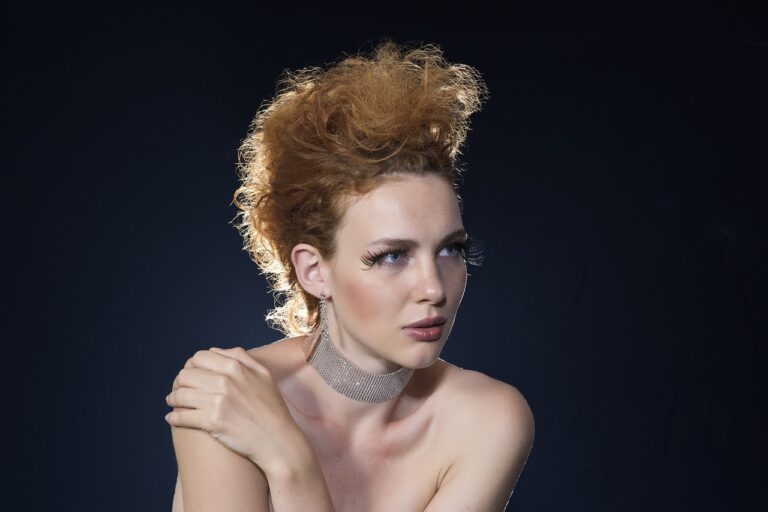The Influence of Art Movements on Fashion Design: From Bauhaus to Postmodernism
Art movements throughout history have played a significant role in shaping the world of fashion design. From the bold colors and geometric shapes of Cubism to the free-flowing lines of Art Nouveau, these artistic movements have influenced the way designers create and conceptualize their collections. The Dada movement, known for its anti-establishment ethos and irreverent approach to traditional art forms, inspired designers to push boundaries and challenge societal norms through their work.
Additionally, the Pop Art movement of the 1960s brought a sense of playfulness and mass consumer culture into the world of fashion. Designers like Yves Saint Laurent and Andy Warhol collaborated on collections that blurred the lines between art and commerce, creating a new aesthetic that resonated with the youth culture of the time. These collaborations paved the way for future partnerships between artists and designers, highlighting the symbiotic relationship between art and fashion.
Bauhaus Movement and Its Influence on Fashion
The Bauhaus movement, originating in Germany in the early 20th century, profoundly impacted the world of fashion design. The core principles of simplicity, functionality, and minimalism championed by the Bauhaus school found their way into clothing aesthetics, leading to clean lines, geometric shapes, and practical designs in fashion. Designers drew inspiration from the movement’s emphasis on form following function, resulting in garments that were both visually striking and highly wearable.
Furthermore, the Bauhaus movement’s approach to color theory and use of primary colors influenced the palettes used in fashion design. Bold and contrasting hues were frequently incorporated into clothing designs, reflecting the movement’s avant-garde spirit and rejection of ornamental excess. This fresh approach to color usage in fashion brought a new level of vibrancy and modernity to garments, setting the stage for innovative and boundary-pushing design concepts in the industry.
• The Bauhaus movement emphasized simplicity, functionality, and minimalism in fashion design
• Clean lines, geometric shapes, and practical designs became prominent in clothing aesthetics
• Designers were inspired by the concept of form following function, creating visually striking yet wearable garments
• The movement’s use of primary colors and bold contrasts influenced color palettes in fashion design
• Avant-garde spirit and rejection of ornamental excess led to a fresh approach to color usage in garments
Surrealism in Art and Its Reflection in Fashion Design
Surrealism emerged as an avant-garde art movement in the early 20th century, aiming to unleash the subconscious mind and delve into the world of dreams and imagination. Artists like Salvador Dali and Rene Magritte created whimsical and thought-provoking artworks filled with dreamlike imagery and unexpected juxtapositions. This surrealistic approach to art soon found its way into the realm of fashion design, inspiring designers to push the boundaries of creativity and challenge conventional norms.
In fashion, Surrealism manifests in garments that defy traditional silhouettes and embrace unexpected elements. Designers incorporate surrealistic motifs such as floating objects, distorted shapes, and illusionary prints into their collections, creating a sense of whimsy and playfulness. By blending reality with fantasy, fashion designers infuse their creations with a sense of intrigue and mystery, inviting viewers to explore the limitless possibilities of imagination.
What is Surrealism in art?
Surrealism is a 20th-century avant-garde art movement that sought to release the creative potential of the unconscious mind.
How did Surrealism impact fashion design?
Surrealism had a significant impact on fashion design by encouraging designers to think outside the box and create garments that challenged traditional norms.
Can you provide examples of Surrealism in fashion design?
Some examples of Surrealism in fashion design include garments featuring exaggerated proportions, unexpected combinations of materials, and whimsical motifs.
How did the Bauhaus movement influence fashion design?
The Bauhaus movement emphasized simplicity, functionality, and the use of modern materials, which translated into clean lines, geometric shapes, and minimalist aesthetics in fashion design.
Are there any modern fashion designers who draw inspiration from Surrealism?
Yes, there are several modern fashion designers who draw inspiration from Surrealism, such as Alexander McQueen, Viktor & Rolf, and Iris van Herpen.
How can individuals incorporate Surrealism into their personal style?
Individuals can incorporate Surrealism into their personal style by experimenting with unconventional silhouettes, unexpected color combinations, and playful accessories that challenge conventional fashion norms.






